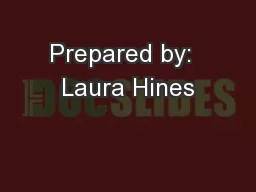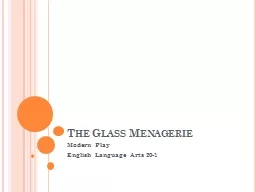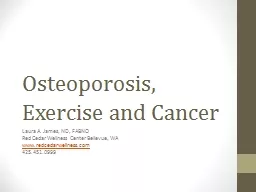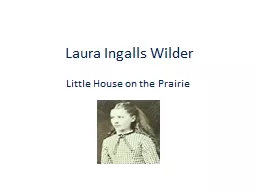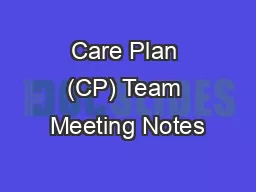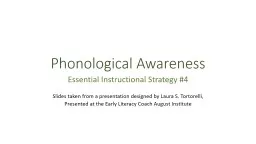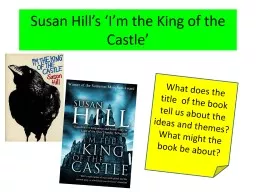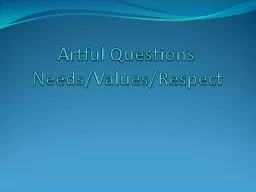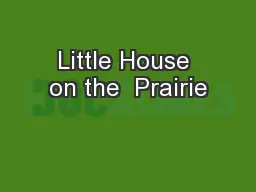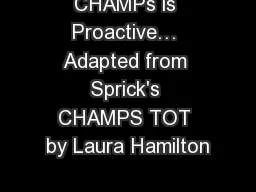PPT-Prepared by: Laura Hines
Author : sherrill-nordquist | Published Date : 2018-03-06
MCASAlt Teacher Consultant Fall 2017 ELA Writing Access Skills and Low Entry Points Purpose of the MCASAlt ELA Writing Strand Massachusetts Department of Elementary
Presentation Embed Code
Download Presentation
Download Presentation The PPT/PDF document "Prepared by: Laura Hines" is the property of its rightful owner. Permission is granted to download and print the materials on this website for personal, non-commercial use only, and to display it on your personal computer provided you do not modify the materials and that you retain all copyright notices contained in the materials. By downloading content from our website, you accept the terms of this agreement.
Prepared by: Laura Hines: Transcript
Download Rules Of Document
"Prepared by: Laura Hines"The content belongs to its owner. You may download and print it for personal use, without modification, and keep all copyright notices. By downloading, you agree to these terms.
Related Documents

